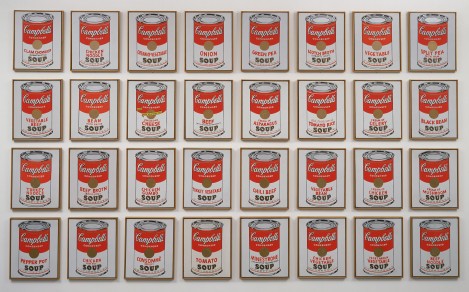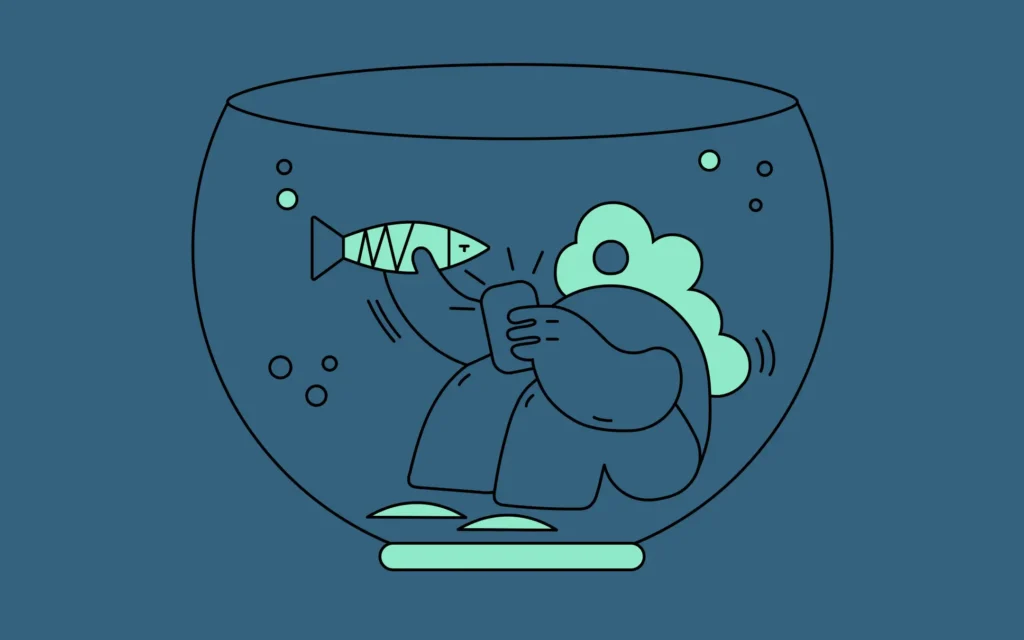Why Brand/Artist Collaborations Are Taking Center Stage
Why Brand/Artist Collaborations Are Taking Center Stage

Brand/Artist Collaborations In the Spotlight
The rise of brand/artist collaborations in recent years says a lot about where branding is headed. What were once two separate playing fields are now overlapping more than ever before. And for brands and artists alike, it’s a powerful joining of forces.
The list of recent brand/artist collaborations is ongoing. French visual artist, Ludo, collaborated with cutting-edge fashion brand MINOTAUR to create a capsule collection that tied the brand to Ludo’s unique, hybrid style of juxtaposing the natural world with technology – helping MINOTAUR live up to its hi-tech promise. Converse is continually commissioning artists to help keep their brand fresh, young, and pushing the edge of creativity – promoting their shoes as a canvas for artistic exploration. For instance, Damien Hirst’s iconic butterfly artwork was brought to life on the Converse canvas as a PRODUCT(RED) limited edition. This three-prong collaboration helped raise funds to help eliminate HIV/AIDS, adding even further meaning to the Converse purchase.
How Did We Get Here?
For centuries, art has been a way for people to create meaningful, resonant, and engaging experiences — telling stories in new ways, bringing authentic emotions to life, changing the conversation, and drawing people in. Sound familiar? Many smart brands now share those same goals. And the most successful, powerful brands are impacting the way people view and understand the world around us – in the same ways artists have been doing for centuries.
Interestingly, many of the same forces that have influenced the direction of branding today have also influenced the way artists are approaching their work. More and more artists are creating art that isn’t meant to exist in a museum – instead, aiming to make art more democratic, more accessible, and more open in its nature. The digital world has encouraged this shift, and millennials across the world are embracing open-access art. Although in many circles, there is still a stigma surrounding art not tailored for a museum wall, we continue to move farther and farther away from the white box gallery art as the only art concept. And this ongoing shift and expansion of what art is and means, makes it even more accessible for brands today to latch onto and connect with.
The Intersects of Art and Branding
Many well-known artists – and arguably, many parts of the art world itself – are branded. Branding can help drive resonance, emotional connection, and engagement for artists today. Think of names like Picasso, Dali, Warhol, and Kahlo, they are globally known and recognized as artists that have become brands of their own. Many contemporary artists are focused on their own brands, putting time into building strong personal voices through a social presence, and being strategic about the people and organizations they connect themselves with.
Artists today, like brands, hone a visual language that becomes trade-marked by their unique look and feel. Artists today, like brands, work to produce specific emotional reactions from their audiences. Artists today, like brands, shift as forces in the market change. Culture dictates much of what brands and art is saying today and what they will say tomorrow. And what’s uncovered when we examine art and branding of the past aligns, unearthing a cultural, economic, and emotional explanation of what was at play at the time. What mattered to people. What was happening around them. What goals and aspirations filled their lives.
Warhol as Artist and Brand
Andy Warhol is arguably one of the most respected and accepted artists of today. An iconic example of the meshing of art and brand, his art is undeniably tied tightly to his brand. With an advertising background, Warhol created an art style that was so distinct and recognizable, it quickly became branded. Through his Campbell soup series, he fosters his personal brand, but also put Campbell on the map. He did the same for Coca-Cola and Perrier, and even after his death his style has been adopted in product branding today. Absolut Vodka recently launched a Warhol campaign with a limited edition bottle celebrating Warhol and all that he represented for the branding world.
Warhol is known as a master of imagery, and has continued to prove his relevancy despite the continual modernization of art and brands. Although many artists have made their mark in terms of advertising – Barbara Kruger with her powerful text and image work, and Takashi Murakami with his collaboration with Louis Vuitton – many argue there is yet to be an artist other than Warhol that has been so successful in bridging the gap between the two worlds.
Merging Together
Perhaps the reason people struggle to find a contemporary Warhol comparison is that the worlds have already become fully bridged. Art and brand have melded and sometimes, so much so, that it’s difficult to see the line between them. Netflix’s new show, Abstract: The Art of Design, takes a close look at eight innovative designs and examines the way their art – design – impacts our everyday lives.
Hearing from Nike shoe designer Tinker Hatfield, it becomes clear that his design is truly art. That he is truly an artist. And that that design and artistry has an immense impact on how we perceive, feel about, and behave around the Nike brand. With the current status of cultural evolution and consumer interest, it seems that the brand/artist collaboration, and in many cases, melding of the two worlds, will become more and more commonplace, and arguably, even more powerful. The fact that brands without a strong design team and artistic vision behind them are failing is proof of this.
Art Leads the Way
If we think of artists as pioneers – creating at the frontline of culture and anticipating what will be next, these creative minds lead the conversation in many ways. They are cultural connectors and force multipliers for brands looking to create meaningful and resonant experiences. So for brands that want to stand out in overcrowded landscapes and maintain cultural relevance, looking to artists and art is a sure way to get creative, innovative, and think differently about building a powerful brand today.
Brands that are embracing this kind of collaboration and are offering a whole new level of interaction, emotional connection, and relevance to their key audiences. But it’s not just the brand that wins. For artists struggling to have their work seen and heard, brands can be a great medium to get out there. The space created when these collaborations happen is often highly inventive and receptive. It’s truly a win-win for both teams, giving the artist a high amount of exposure and the brand a fresh visual voice. We, for one, are excited to see what great brand/artist collaborations will be next.
What are your favorite brand and artist collaborations? Let us know in the comments.
Emotive Brand is a San Francisco brand strategy and design agency.






